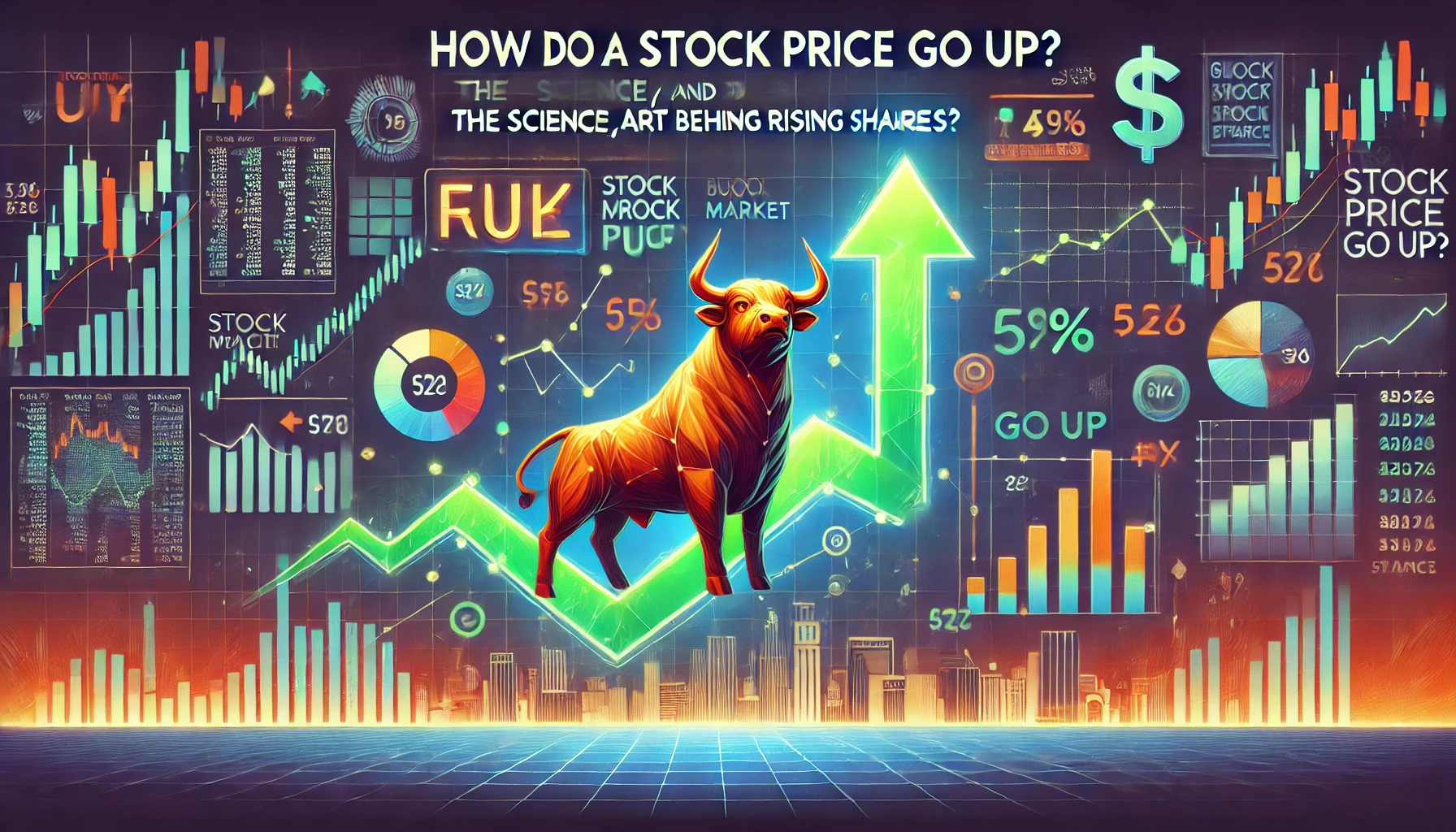Stock prices can feel like a rollercoaster—one day they’re up, the next day they’re down. But what actually makes a stock price rise? Let’s break down the key drivers in plain terms.
1. Supply vs. Demand: The Core Equation
At its simplest, a stock price rises when more people want to buy it than sell it. Think of it like a concert ticket: if everyone wants front-row seats, the price skyrockets. For stocks:
- High Demand: Investors rush to buy, pushing the price up.
- Low Supply: Fewer sellers mean buyers must bid higher to get shares.
2. Company Performance: Earnings Matter
A company’s financial health is a huge factor. If a business:
- Beats Earnings Expectations: Reports higher profits than analysts predicted.
- Grows Revenue: Shows consistent sales increases (e.g., Apple’s iPhone sales surge).
- Announces Innovations: Launches a blockbuster product (like Tesla’s Cybertruck).
Investors bet on future success, driving up demand.
3. Market Sentiment: The Mood of the Crowd
Emotions play a bigger role than you’d think:
- Positive News: A CEO’s bullish tweet, a new patent, or a partnership (e.g., Microsoft + OpenAI).
- Hype Cycles: Meme stocks (like GameStop) rise due to social media frenzy, not fundamentals.
- Fear of Missing Out (FOMO): Investors pile into a rising stock, fearing they’ll miss gains.
4. Industry Trends: Riding the Wave
Even mediocre companies can rise if their sector is hot:
- Tech Boom: AI stocks surged in 2023–2024.
- Energy Shifts: Solar companies rose as governments pushed green policies.
- Regulatory Wins: Pharma stocks jump if a drug gets FDA approval.
5. Macroeconomic Factors: The Big Picture
Broader economic conditions lift (or sink) all boats:
- Interest Rates: When central banks cut rates (like the Fed in 2024), borrowing gets cheaper. Companies invest more, profits grow, and stocks rise.
- Inflation: Mild inflation can boost stocks (companies raise prices), but hyperinflation spooks investors.
- Jobs & GDP: Strong economic growth → higher consumer spending → better corporate profits.
6. Investor Behavior: The Whales Move Markets
Big players can sway prices:
- Institutional Buying: Hedge funds or mutual funds purchasing millions of shares.
- Stock Buybacks: Companies repurchasing their own shares, reducing supply.
- Short Squeezes: When short-sellers are forced to buy back shares, causing a price spike (see: GameStop 2021).
7. Dividends & Buybacks: Rewarding Shareholders
- Dividend Hikes: Companies increasing payouts signal confidence, attracting income-focused investors.
- Buybacks: Fewer shares outstanding = higher earnings per share (EPS), which can lift prices.
8. Global Events: The Unpredictable Wildcards
- Geopolitics: Peace deals, trade wars, or sanctions (e.g., chip bans impacting semiconductor stocks).
- Pandemics: COVID-19 boosted tech stocks (Zoom, Amazon) but crushed travel companies.
- Natural Disasters: Oil prices spike if hurricanes disrupt Gulf Coast refineries.
Key Takeaways
- Fundamentals Rule Long-Term: Strong profits and growth sustain price rises.
- Sentiment Drives Short-Term: News and hype cause daily swings.
- Diversify: Don’t bet on one factor—markets are complex.
Final Thought
Stock prices aren’t magic—they’re a mix of math, psychology, and global chaos. While you can’t predict every move, understanding these drivers helps you spot opportunities and avoid costly mistakes.
“The stock market is a device to transfer money from the impatient to the patient.”
– Warren Buffett
Want to learn more? Dive into earnings reports, follow market news, and remember: time in the market beats timing the market. 📈


Thank you for your sharing. I am worried that I lack creative ideas. It is your article that makes me full of hope. Thank you. But, I have a question, can you help me?